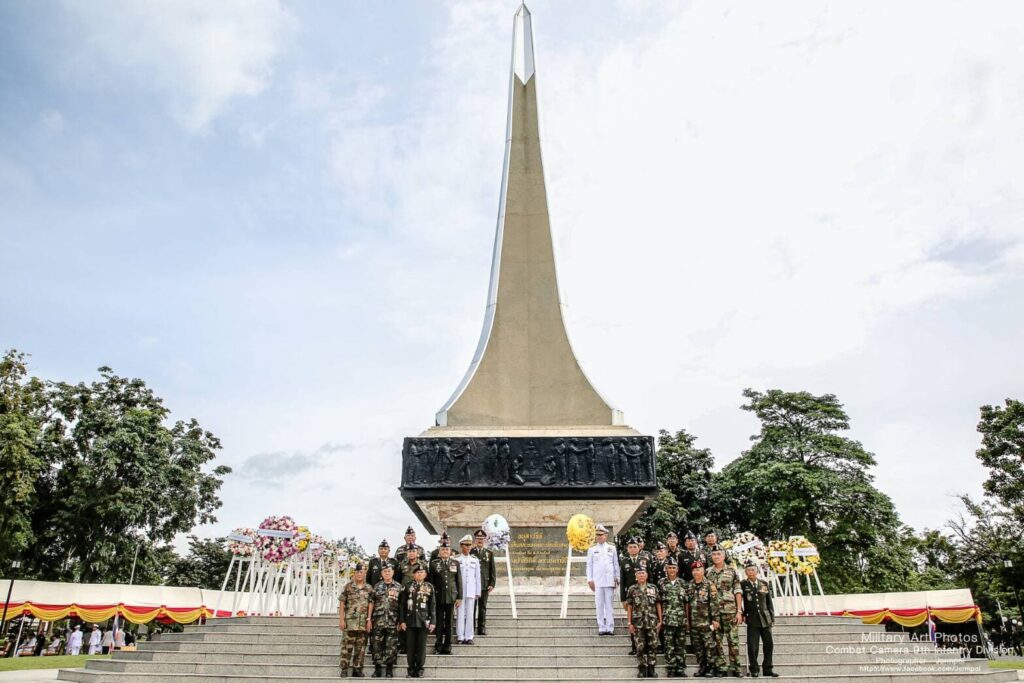Bangkok’s Victory Monument has only the most distant linkage to the overall TBR story, but there are two aspects that call for it to be included. First, it commemorates the 1941 Border War with French-Indo China that briefly aligned Thai and Japanese interests. Second, it is the location of the annual Thai Veterans Day recognition ceremony.
Japanese aggression against China pre-dated the Nazi German invasion of Western Europe. With the fall of France in 1940, the Vichy French government retained responsibility for all of the overseas colonies. The Japanese saw this as an opportunity and negotiated access to ports In French-Indo China. Thailand saw its opportunity to re-gain territory that had been lost to France on the late 1800s.
In Jan 1941, Thai troops invaded those ‘disputed’ areas along the Mekong River. It quickly gained the upper hand, but it suffered a naval defeat at the hands of the French off the island of Kho Chang. https://en.wikipedia.org/wiki/Franco-Thai_War
Sensing a threat to their own ambitions in SEA, the Japanese stepped in and brokered a cease-fire. The ‘war’ had lasted barely two weeks. The Phibun government siezed the opportunity to proclaim a major victory and to rally the populace. It ordered the construction of this large monument in NW Bangkok to commemorate the victory and remember the lives lost.
Victory Monument (Thai: อนุสาวรีย์ชัยสมรภูมิ, RTGS: Anusawari Chai Samoraphum) was dedicated in June 1941 with a large military parade.
https://en.wikipedia.org/wiki/Victory_Monument_(Bangkok)
In the post-war years, there was a movement to recognize and provide for Thai Veterans from both world wars. Thailand had sent a contingent of troops to France during the First World War. The Veterans Aid Organization was formally established on 3 FEB 1948. Ever since, that date has been celebrated as Thai Veterans Day and the Victory Monument has been the location of an annual remembrance ceremony. It is a little known fact that inside the base of the obelisk are panels inscribed with the names (and ashes?) of those killed during that brief conflict.
In later years, Thai troops deployed to both the Korean and Vietnam wars and those veterans have become the primary ones honored on FEB third.
Even from its inception it has engendered controversy. The sculptor who created the ‘heroic figure’ statues did not like the final design of the monument and referred to it as “the victory of embarrassment” Nowadays, many Thais regard the monument as an inappropriate symbol of militarism and a relic of what they now see as a discredited regime. Nevertheless, the monument remains one of Bangkok’s most familiar landmarks.
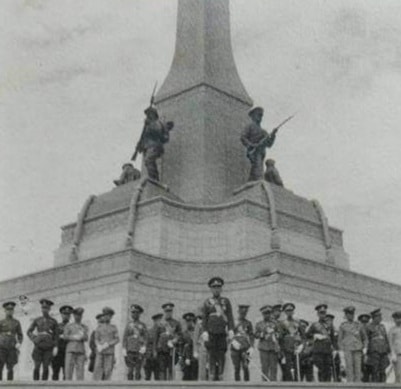
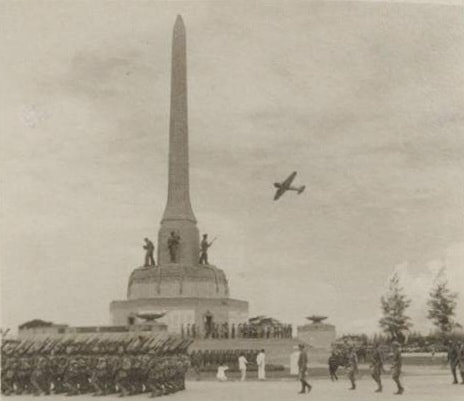

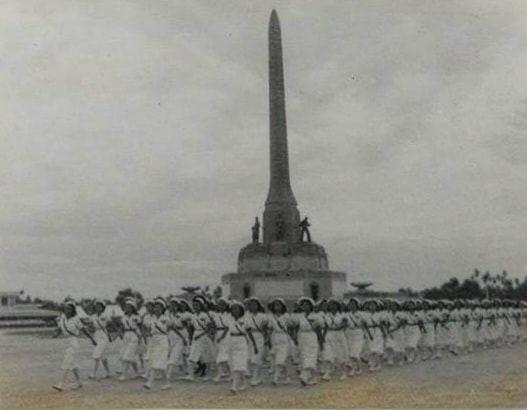
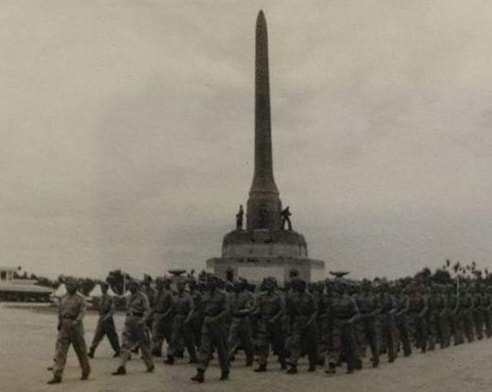




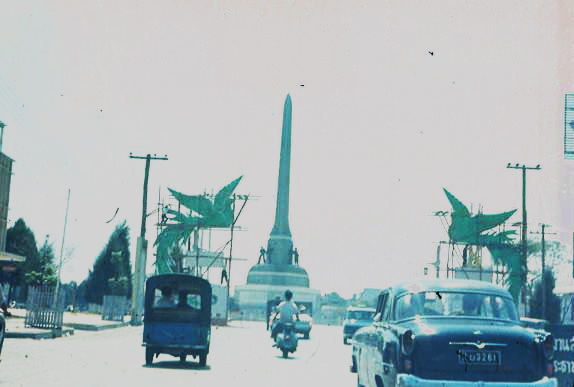
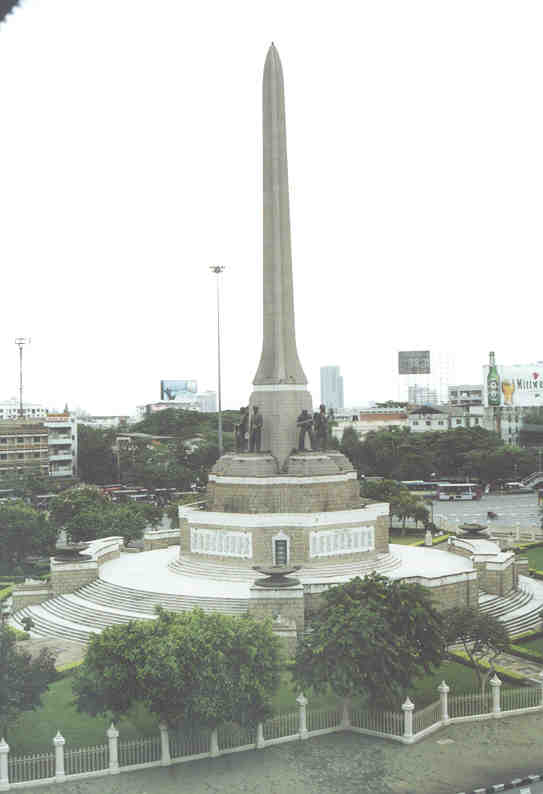

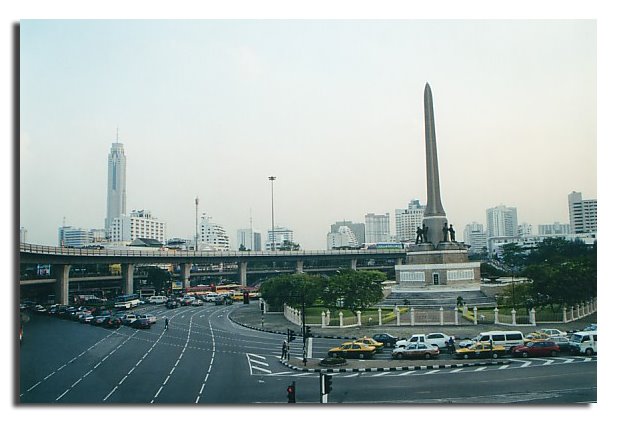

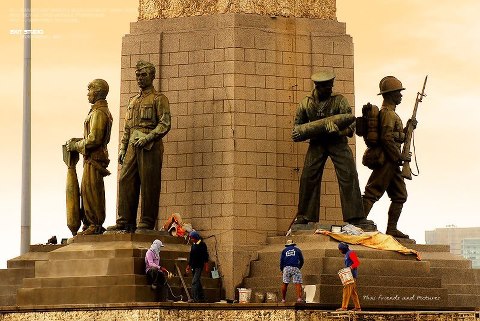
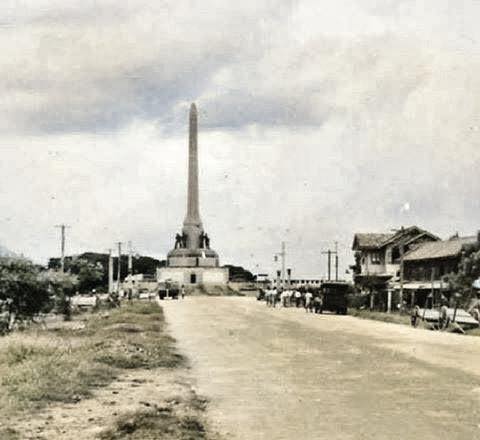

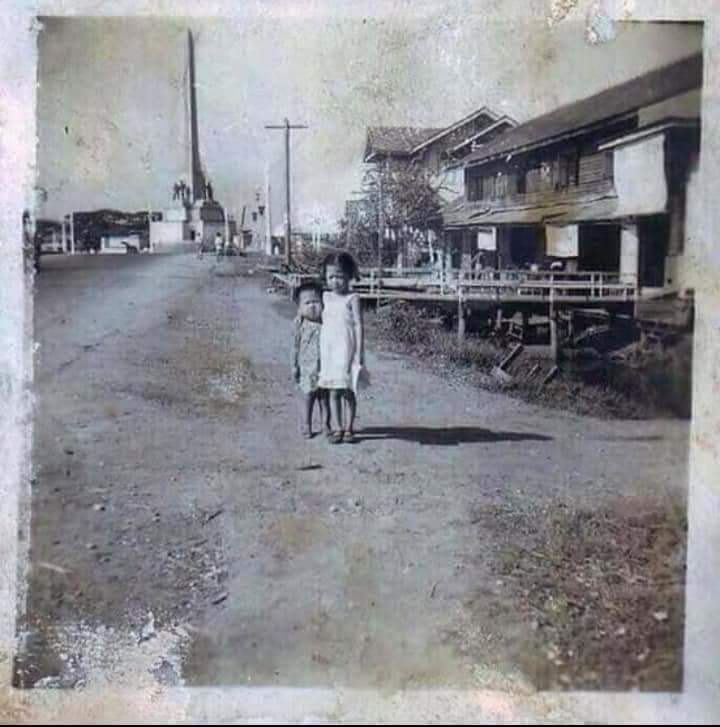

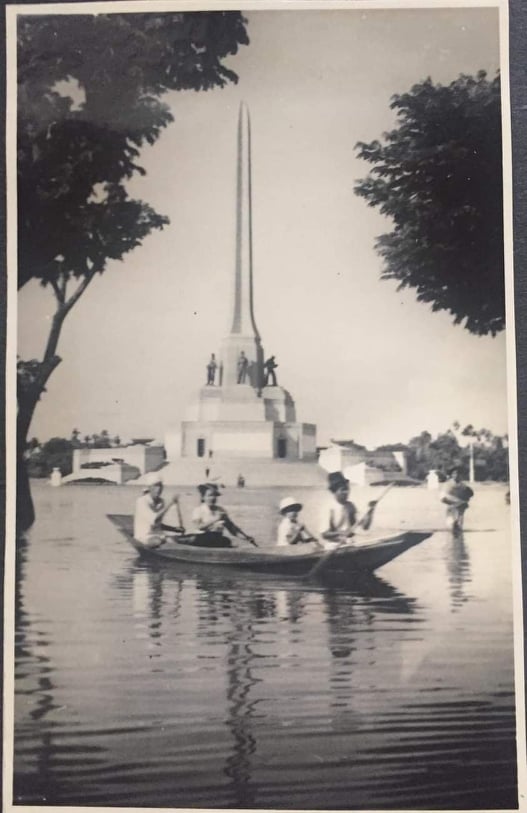

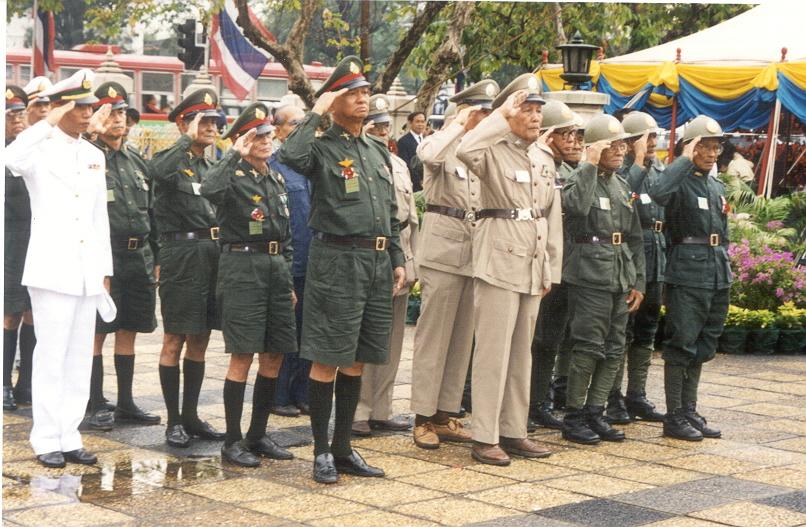
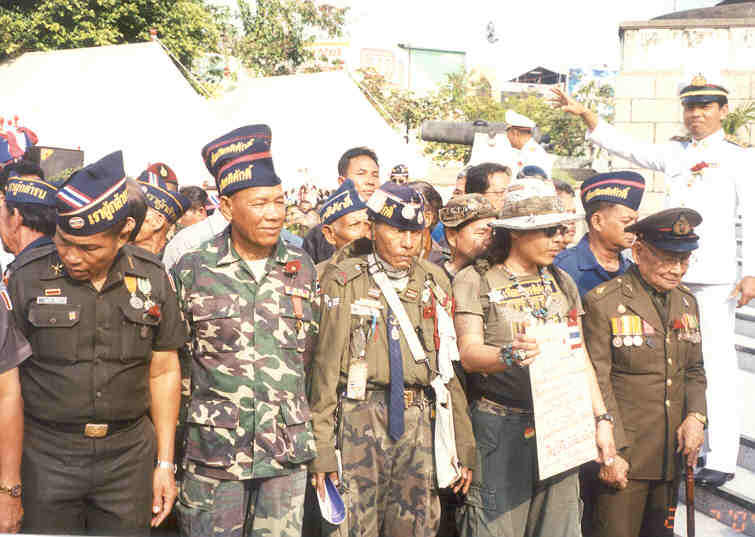
Interestingly, the obelisk design was employed once again for the Thai Vietnam Veterans memorial at LatYa Kanchanaburi. It too has the names of those who died there inscribed on the base.
